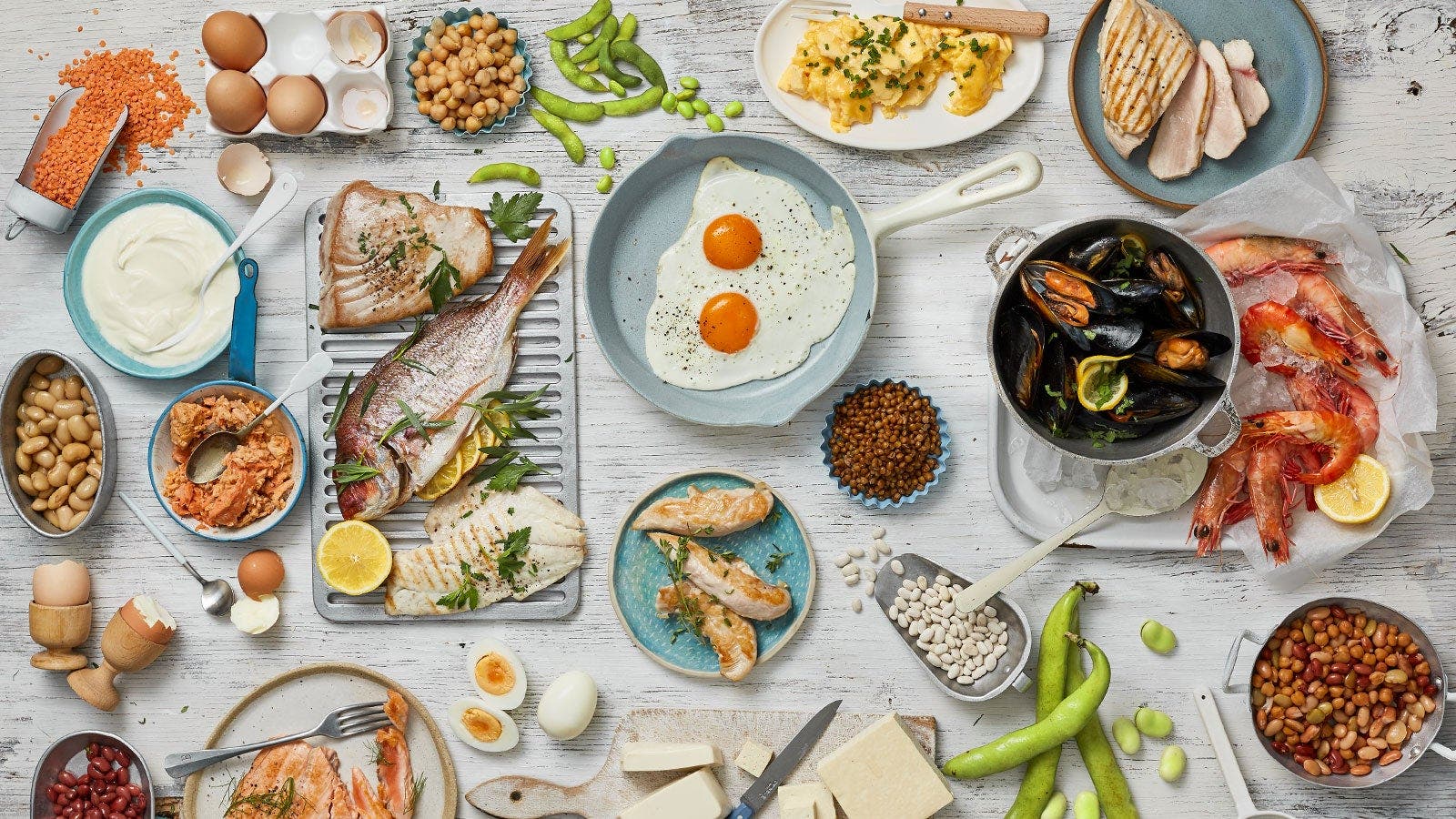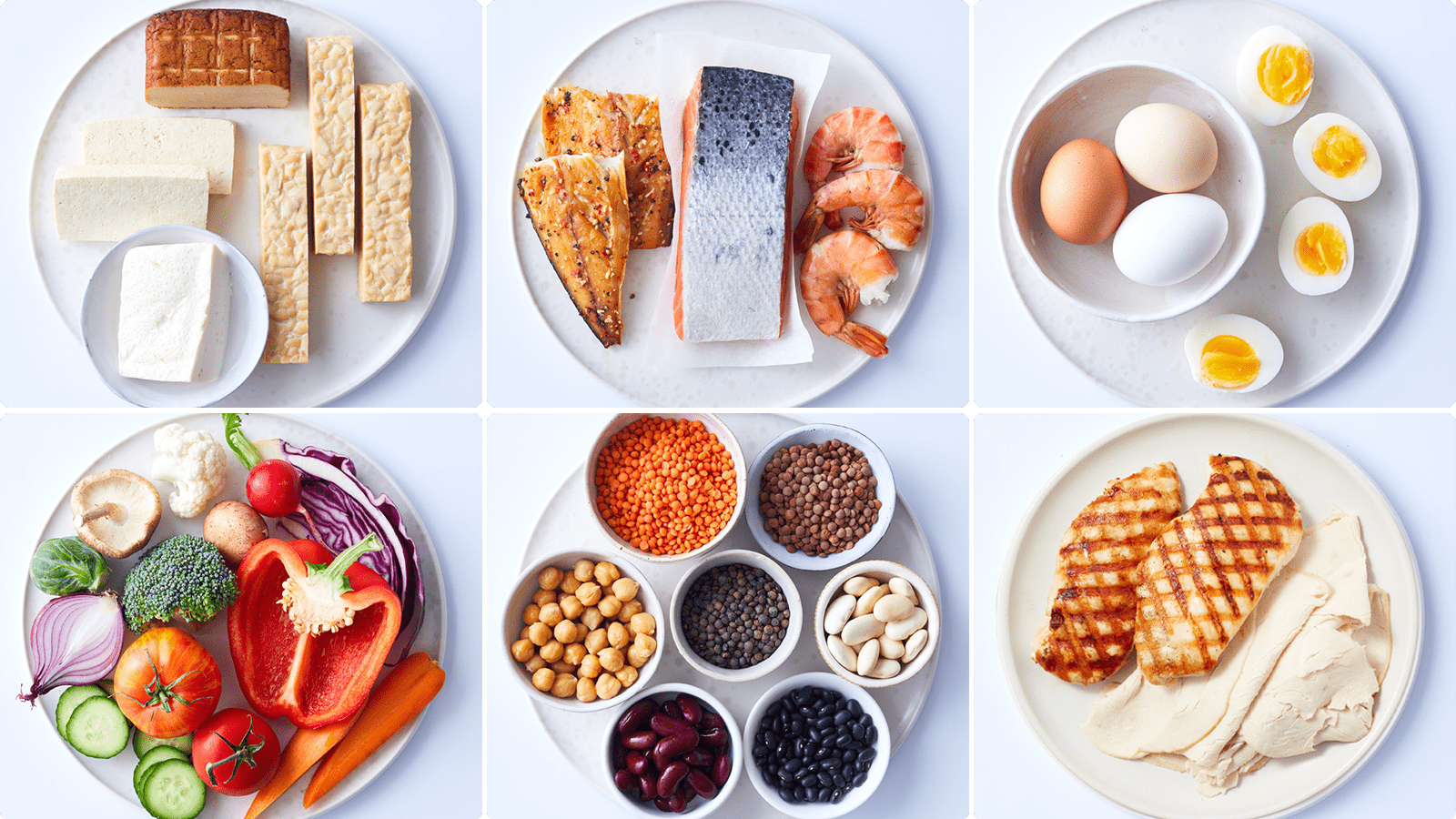What to know about diabetes and ZeroPoint foods


What's included:
ZeroPoint foods are the stuff that (nutritional) dreams are made of: Since they have zero Points, you never have to weigh, measure, or track them. But how does that change if you have diabetes and need to prioritise blood sugar management? Read on to learn everything about how ZeroPoint foods can put you on a path to healthier eating and help you reach your weight loss and health goals on the WeightWatchers® diabetes program.
What exactly are ZeroPoint foods?
Every member gets a Points Budget—a number of Points you’re allocated each day. Sticking to that Points Budget will help you reach your weight loss and health goals. ZeroPoint foods are nutrient-packed superstars that you don’t have to factor into your budget. They are nutrient, vitamin, and mineral-rich, making them food to reach for often.
Because these foods make it easier to stick to your Points Budget, they can also help you stay on track with your weight-loss goals. “Weight loss is a journey,” says Angela Goscilo, M.S., RDN, a registered dietitian. “Having a list of ZeroPoint foods that you can always turn to makes things feel a little easier.”
Are ZeroPoint foods different for people with diabetes?
If you have diabetes, your list of ZeroPoint foods will look a little different than the list of someone without diabetes. That’s because diabetes affects the way you break down carbs into energy.
Here’s a quick reminder: Whenever you eat, your body turns a food’s carbs into sugar, which is then released into the bloodstream. This rise in blood sugar causes your pancreas to release insulin, a hormone that brings that sugar into your cells to use as energy.
“If you have diabetes, your body doesn’t produce enough insulin, or the insulin it produces doesn’t work as well as it should,” says Goscilo. As a result, you may have too much sugar in your bloodstream, which, in time, can lead to health issues such as heart disease and nerve damage.
To keep blood sugar levels down and reduce your risks of any future complications, people with diabetes often need to adjust their patterns of eating. Diabetes Australia recommends following the Australian Dietary Guidelines. This suggests eating more non-starchy veggies and whole foods, and less foods containing added sugars, saturated fat and added salt. And “the ZeroPoint foods list for members living with diabetes ladder up to these recommendations”, says Goscilo.
So foods that might be a ZeroPoint staple for other members, such as fruit, won’t appear on the diabetes list. You can still enjoy them as part of your Points Budget—you’ll just need to track those foods in the app, including the portion sizes.
So what foods are included on the ZeroPoints list?
“For members with diabetes, their tailored ZeroPoint list features foods that are less likely to have a major impact on their blood sugar levels,” says Goscilo. These include 6 different ZeroPoint categories:

- Beans, peas & lentils: While legumes do contain carbs, they’re teamed up with fibre and protein. This makes them a smart choice for people living with diabetes since fibre and protein slow digestion and help buffer potential blood sugar spikes. In fact, research shows that regularly eating legumes may help people with diabetes improve their blood sugar levels.
- Chicken & turkey breast: Including boneless, skinless chicken and turkey breast. Poultry is packed with protein, which helps keep your blood sugar steady. Plus, research shows that filling your plate with lean protein supports a heart-healthy pattern of eating—this is key because diabetes increases your risk of heart disease.
- Fish & shellfish: Seafood is another great source of protein. Oily fish, like salmon, also provide omega-3 fats, shown to improve good cholesterol. One study in Circulation found that women who have type 2 diabetes and ate fish two to four times a week were 36% less likely to develop heart disease compared to those who rarely had fish.
- Non-starchy vegetables: Carrots, mushrooms, tomatoes, and leafy greens are all lower in calories (a.k.a. kilojoules) and carbs, and high in vitamins, minerals, and fibre. (Fibre slows the release of sugar into the bloodstream.) Fresh veggies work, but so do frozen and canned—as long as they don’t have any other added ingredients.
- Eggs: One large egg serves up six grams of protein and less than a half a gram of carbs, so eggs are less likely to spike your blood sugar.
- Tofu & tempeh: These nutrient-dense foods are high in protein, which helps you feel full and helps decrease blood sugar levels. They also contain key vitamins and minerals, such as phosphorus (in tempeh) and calcium (in tofu), both of which are important for our bones and teeth. They are also a great substitute for animal protein and a part of a healthy pattern of eating.
- Lean meats: Select cuts of beef and pork - like lean mince beef, tenderloin, and top sirloin steak - are high in protein and other key nutrients, helping to support balanced blood sugars. Just one 3-ounce serving of lean beef provides 38% of your daily value for zinc, 14% of iron, and 7% of vitamin B12.
What are some smart ways to use ZeroPoint foods?
Just because something is a ZeroPoint food doesn’t mean you should think of it as a free-for-all. A better approach: Keep the amounts to your usual portion sizes, says Goscilo. “If you normally have two eggs at breakfast, stick with that,” she says. If you’re hungry later, you can always have another egg as part of your snack or meal. Here are four key ways to use ZeroPoint foods throughout the day—with WeightWatchers member favourite tips that will help you get started.
1. Build meals around them
Use items from your ZeroPoint list as a base for breakfast, lunch, and dinner.
- Member tip: At lunchtime, Kelly starts with kale, cucumbers, tomatoes, and capsicum, then tosses them with cheese and mince for a healthy spin on a taco salad. “I use only four flavoured tortilla chips to crush over the top”.
2. Use them to add flavour and volume
ZeroPoint foods can turn what would otherwise be a small bite into a much more satisfying meal.
- Member tip: Rebecca folds non-starchy vegetables into her eggs to make a filling omelette. She sautés celery, broccoli stalks, and onion in olive oil; adds a little cheese; and then folds it all into two eggs beaten with soy milk and herbs. “I’m finding vegetables at each meal really helps with my blood sugar,” she says.
3. Swap them in for higher-Points foods
Let ZeroPoint staples take the spot of foods that clock in with more calories and carbs.
- Member tip: Swap regular spaghetti for zucchini noodles, also known as “zoodles”. You can buy this pre-made from the supermarket or buy yourself a spiraliser so you can make them any time. Serve your veggie noodles with tomato sauce and cooked prawns or leftover chicken. The same approach can be used when topping your toast: Instead of butter, members suggest using ZeroPoint foods, such as tomatoes and eggs.
4. Have some go-to dishes made from ZeroPoint foods
Whipping up an entire entrée with ZeroPoint foods can give you more wiggle room with your Points Budget during the rest of the day.
- Member tip: “I love to start my day with an egg white omelette with spinach, mushrooms, and spring onions,” says Joanne. She also makes an Asian-inspired soup with mushrooms, spring onions, spinach, and diced chicken breast. These ZeroPoint recipes can serve as a quick snack or a filling addition to a meal when your budget is low on Points.
